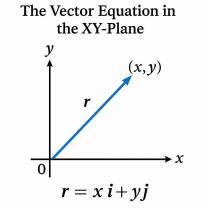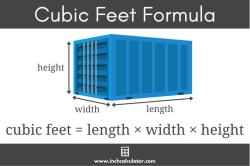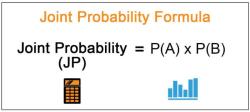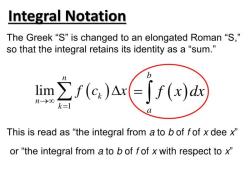How do you find the intercept and vertex of Y?
To find the intercepts and vertex of a function (usually represented as ), you'll need to work with the function's equation. Here's how to find the intercepts and vertex:
1. Finding the x-Intercepts (Roots or Zeros):
The x-intercepts are the values of where the function intersects or crosses the x-axis (i.e., ). To find the x-intercepts, set in the equation and solve for . These are often called the "roots" or "zeros" of the function.
Set and solve for :
Solve for , and you will get one or more values that represent the x-intercepts.
2. Finding the y-Intercept:
The y-intercept is the point where the function intersects the y-axis (i.e., ). To find the y-intercept, set in the equation and calculate the corresponding -value.
Set and calculate :
The resulting value is the y-intercept.
3. Finding the Vertex:
The vertex of a function is the point on the graph where it reaches its highest or lowest point, depending on whether it opens upward or downward (in the case of a quadratic function, for example). The x-coordinate of the vertex can be found using the formula:
where and are the coefficients of the quadratic term and the linear term in the function, respectively.
Once you've found , you can plug it back into the original equation to find the corresponding -coordinate:
The vertex is then given by the coordinates .
Keep in mind that these steps are general and can be applied to various types of functions, including linear, quadratic, cubic, and more. The specific method may vary depending on the type of function and its equation.
Finding the Y-Intercept and Vertex: A Guide to Graph Analysis
The y-intercept and vertex of a quadratic function are two important features of its graph. The y-intercept is the point where the graph crosses the y-axis, and the vertex is the highest or lowest point on the graph.
To find the y-intercept of a quadratic function, simply set x to zero and evaluate the function. This will give you the y-value of the point where the graph crosses the y-axis.
To find the vertex of a quadratic function, you can use the following formula:
x = -b / 2a
where a and b are the coefficients of the quadratic term and the linear term in the function's equation, respectively. Once you have found the x-coordinate of the vertex, you can plug it back into the function's equation to find the y-coordinate.
Unraveling Y-Intercepts and Vertex Points: Mathematical Insights
The y-intercept of a quadratic function is determined by the constant term in the function's equation. For example, consider the quadratic function f(x) = x² + 2x - 3. The constant term in this function's equation is -3, so the y-intercept is -3.
The vertex of a quadratic function is determined by the coefficients of the quadratic term and the linear term in the function's equation. For example, consider the quadratic function f(x) = x² + 2x - 3. The coefficient of the quadratic term in this function's equation is 1, and the coefficient of the linear term is 2. Plugging these values into the vertex formula above, we get:
x = -2 / 2 * 1 = -1
To find the y-coordinate of the vertex, we can plug -1 into the function's equation:
f(-1) = (-1)² + 2 * (-1) - 3 = -4
Therefore, the vertex of the function f(x) = x² + 2x - 3 is the point (-1, -4).
Graphing Essentials: Locating Y-Intercepts and Vertex Coordinates
Once you have found the y-intercept and vertex of a quadratic function, you can use this information to graph the function.
To graph the y-intercept, simply plot a point at the y-coordinate that you found. To graph the vertex, plot a point at the x-coordinate and y-coordinate that you found.
Once you have plotted the y-intercept and vertex, you can sketch the rest of the graph by considering the following:
- Quadratic functions are symmetrical around their vertex.
- Quadratic functions open upwards if the coefficient of the quadratic term is positive, and they open downwards if the coefficient of the quadratic term is negative.
Conclusion
Finding the y-intercept and vertex of a quadratic function is an important step in graphing the function. By understanding how to find these two features, you can gain valuable insights into the function's behavior.













